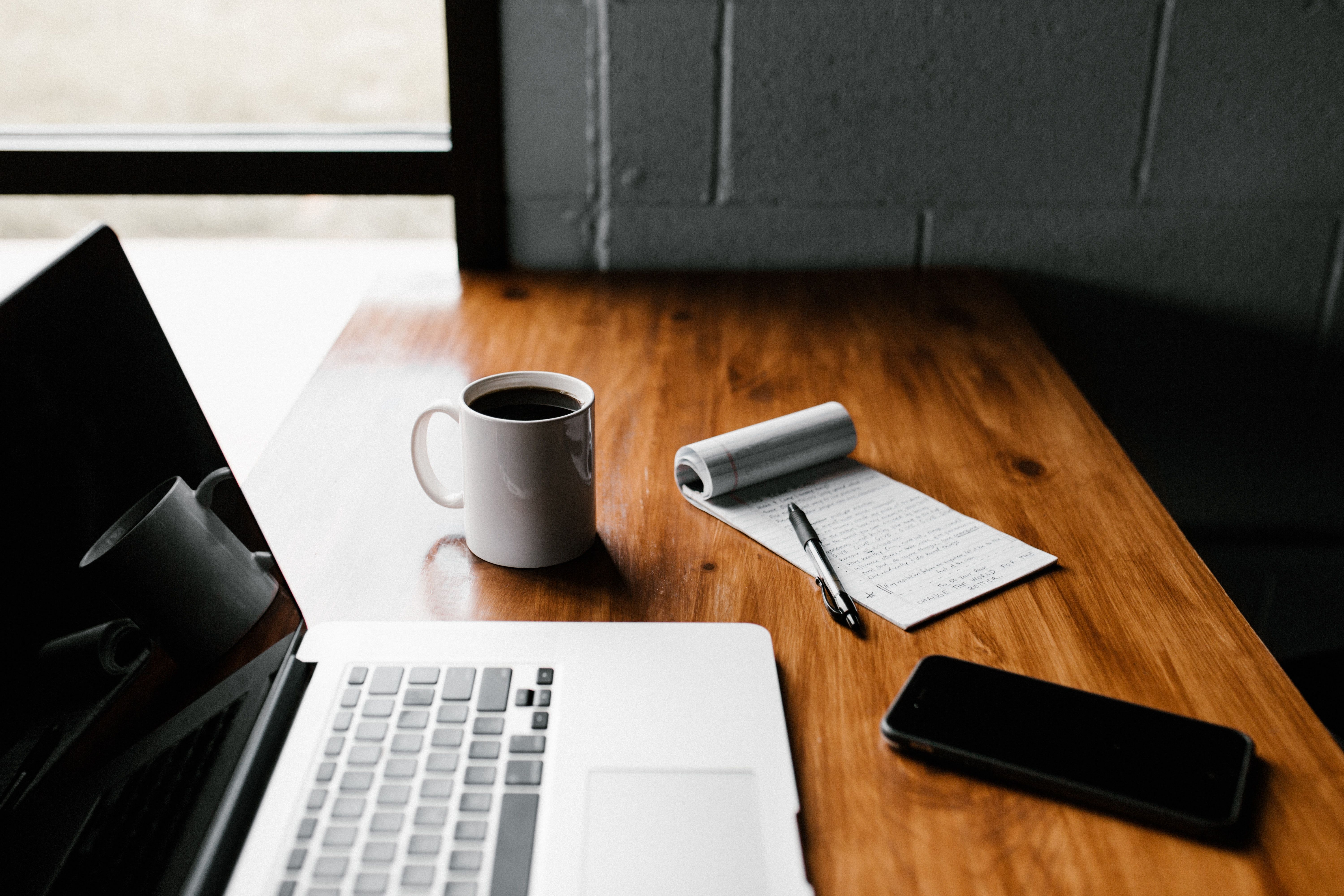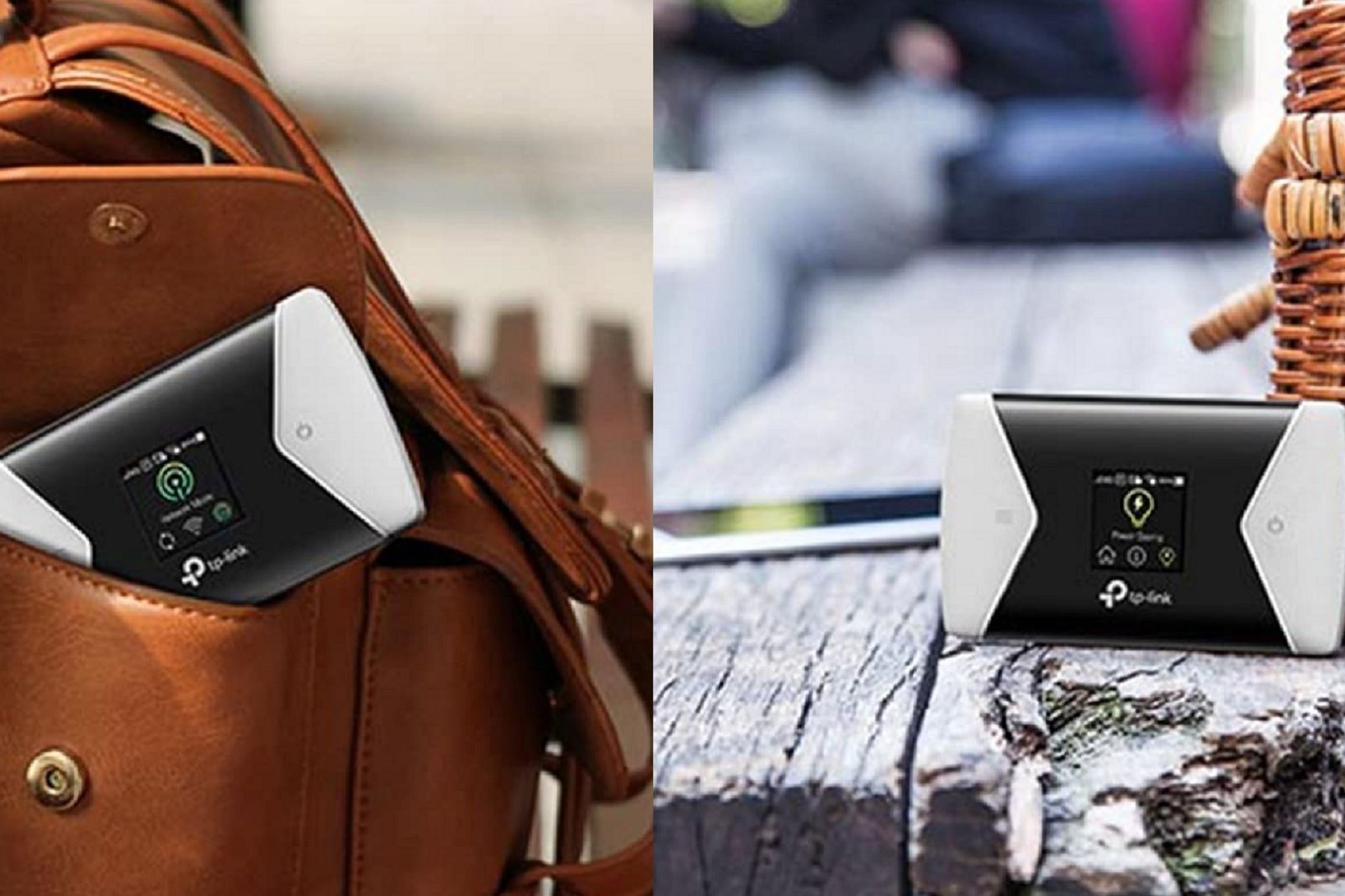If you've ever heard the term "hotspot" and wondered what it meant then we're here to help you get a grasp of the concept and how it can be useful.
You might be surprised to learn just how handy a hotspot can be to your everyday life and how you can use it to your advantage with ease. So follow us on a journey into public, mobile and personal hotspots.
What is a hotspot exactly?
When you're at home you most likely access the internet via your router and connect your smartphone to your home Wi-Fi network. While when out and about in the real world you'll probably switch over to a 4G or 5G connection.
The term "hotspot" is often used to refer to a place outside your home that you can use to connect to the internet without using your mobile data connection. You'll often find both private and public hotspots in various places around the cities and towns you frequent. You'll find Wi-Fi hotspots in coffee shops, hotels, bars, airports, planes, trains and more. Sometimes they're free, sometimes you'll need to pay a fee or create an account and share you personal data in order to use it.
On the face of it these public hotspots are a good way to access the internet without worrying about using up your personal mobile data allowance or a good option if you need faster and reliable speeds in areas with spotty mobile signal.
There are some security concerns about using public Wi-Fi though and some best practices to consider:
When you're connected to a public hotspot it can pay to follow a few sensible security steps:
- Make sure you're connecting to a legitimate public Wi-Fi hotspot and that it has a password if possible
- Avoid accessing important personal data like banking and social media accounts
- Turn off your Wi-Fi when you are finished
- Use a VPN to hide your data more effectively
How to access a public hotspot
If you find yourself in a location where there's a public hotspot you want to access then the steps for doing so should mostly be straightforward. The first thing to do is to check what the name of the Wi-Fi network is and then find out if there's a password. You'll do this by looking for the signs or asking the staff at the location.
Then you'd access the Wi-Fi network in the same way you would at home:
- Open your phone settings and head over to the Wi-Fi network settings
- Look for the Wi-Fi hotspot you're trying to connect to
- Tap on it and enter the hotspot password
- Click to connect
When you're connecting to a public hotspot you'll also want to watch out for settings to remember the network and connect automatically in future. You might want to disable those if you don't plan on reconnecting every time you visit.
On some public hotspots, you might find that even if you've entered the password when you try to browse the web you're presented with a webpage asking you to register. This usually allows the location to tie its access to guests, but often it's no more than giving your name and email address. If you don't feel comfortable doing that then you might have to stick to mobile data.
Sometimes you might find you have to pay a fee to use the hotspot, but it is rare now.
How to create your own personal hotspot
Did you know that it's possible to use your phone as a Wi-Fi access point? This is a great alternative to connecting to a public hotspot. With a few taps you can turn your phone into a mobile hotspot that you can then connect other devices too. So if you're outside with your laptop or Chromebook and need to connect to the internet then you can create a hotspot and tether to use the internet on your larger device with relative ease.
Before you start though it's worth knowing what your mobile phone plan includes, some providers allow tethering as standard, others charge for it or limit data use to a certain amount. If you're sure you can tether then this is a handy way to connect to the internet when there's no Wi-Fi around. Ideal if you want to surf the web from the middle of a field in the countryside or are in an area where you just don't trust the public hotspots.
The other caveat to this is you'll need a good mobile signal otherwise your experience is likely to be as terrible on your laptop as it is on your mobile.
Otherwise the steps are fairly simple:
How to use personal hotspot on an Apple iPhone
To create a personal hotspot using your Apple iPhone follow these steps:
- Open your phones settings and go to the cellular data settings
- From there look for "personal hotspot" and click it to turn it on
- Select the option to "allow others to join"
- Then setup a password
- Then on your other device (e.g. laptop) open up the Wi-Fi settings and look for the hotspot name
- Click to connect to it and enter the password you chose
- Keep both devices within range of each other to keep the connection going
Obviously you'll need to keep your phone turned on for this to work. When you're finished though, be sure to go back into your phone's settings and turn the hotspot off again.
How to use personal on an Android phone
It's also possible to create your own mobile hotspot on Android phones:
- Open settings
- Head to "network and internet" settings
- Look for "hotsport and tethering"
- Tap on Wi-Fi hotspot
- Select a hotspot name and set a password
- On your other device click on Wi-Fi settings, look for the network and click to connect to it
There are settings on Android where you can set the hotspot to turn off automatically when no longer in use. This is handy if you need to save battery life and are likely to forget to sever the connection when you've finished. On Android, you can also tether your phone to another device using a USB cable or Bluetooth.
Personal hotspot not working?
If you're trying to use your phone as a portable hotspot to tether another device and have found that it's not working as expected then it could be down to several things. To tether a laptop to your phone, for example, the phone needs to have a good mobile signal.
If you have no data on your phone then using it as a personal hotspot won't let you access the internet on your laptop. Naturally, if you're on a train and are using your phone as a hotspot you'll also see drops in your connection when your mobile signal cuts out too. Going through a tunnel or signal dead zone will obviously interfere with your browsing via the hotspot in the same way that it would using your phone to surf the web.
You might also use a personal hotspot in another situation. Let's say you're at home trying to work when your broadband goes down. You might then set up a hotspot on your phone so you can tether your laptop or desktop and carry on working. Watch out here for simple issues that can hinder your hotspot. If your phone is connected to your home Wi-Fi router when you try to set up the hotspot all you'll be doing is passing your connection through your phone and trying to use the same Wi-Fi connection that's gone down. Disconnect your phone from your Wi-Fi router and make sure it's using cellular data instead of Wi-Fi before you set up the mobile hotspot.
If you are using an Apple iPhone then it's worth taking a look at Apple's detailed guide on troubleshooting hotspots.
Portable hotspots
If you're not keen on using your phone as a personal hotspot or don't like the idea of connecting to a public Wi-Fi network then the other option is portable hotspots also known as portable routers or "MiFi" devices. These are compact devices that allow you to connect to the internet with the same logic.
In other words, these devices require a SIM card in order to work and usually come with a monthly fee and a data limit for your personal use.
These are great alternatives if you need something while travelling but don't want to rack up a hefty phone bill by going over your personal data limit through tethering.
Sometimes these devices have USB connections so you can plug them directly into the device you want to connect to the internet.


